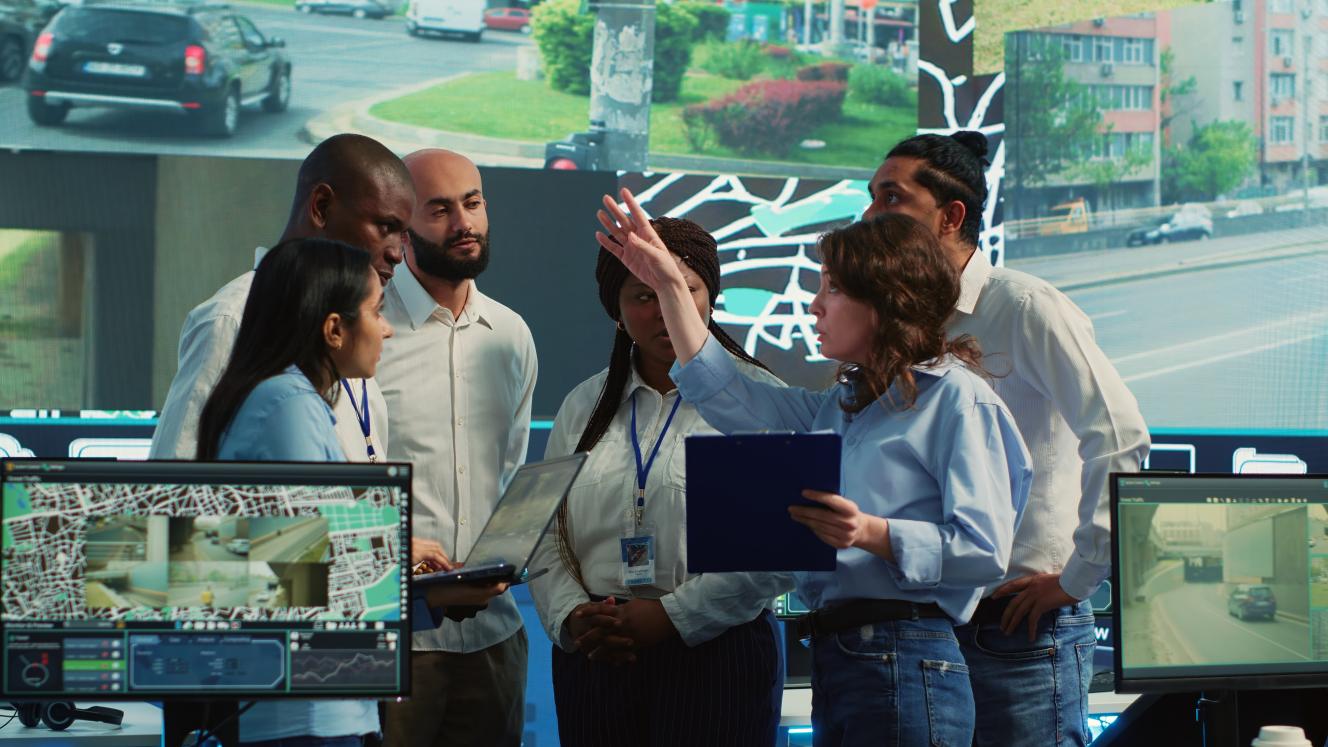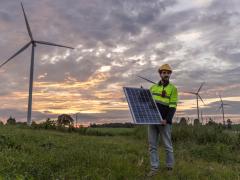As data moves out of the data centre and flows freely between devices everywhere, organisations are rapidly losing visibility and control of their ecosystems. So says Chris Pretorius, business unit manager at Datacentrix. This is because traditional monitoring solutions are no longer applied to the modern, internet-centric business.
“Many companies are operating at some level within the cloud, meaning that their data is now more dispersed than ever before. As a result, they just don’t have visibility of what is happening inside the cloud. This is of real concern, as cyber criminals today are using increasingly sophisticated attack strategies to bypass defences, with more than six million distributed denial of service (DDoS) attacks seen worldwide in the first half of last year alone.
“At the same time, a dependable, seamless user experience – from wherever they may be accessing the network – has also become critical.”
Datacentrix partner Cisco sums up today’s technology challenge as follows: “IT environments have grown overwhelmingly complex, and user expectations are higher than ever. The connections that businesses rely on have multiplied in number and diversity. This has resulted in a network and overall IT experience that is more fragmented, less secure and increasingly difficult to scale.
“Today’s business environment is predictably unpredictable !“ Organisations depend on digital experiences to keep their work forces productive and ensure they are exceeding expectations for customers and partners. To build business agility and resilience, IT teams require unified solutions that bridge an organisation’s technologies, locations, teams and devices.”
Managing the borderless network
”Our borderless networks have become incredibly complex, and IT teams are struggling to manage hybrid work environments, growing cyber security threats and other disruptions, while being expected to also provide an excellent employee and customer experience. They need help to simplify operations and the answer is a smarter, unified, self-healing network.”
“The network of the future will be able to learn, plan and predict, using a collection of observability, visibility and detection technologies that gathers data from many sources. It then learns patterns, recognises trends, and uses this data to predict user experience and application issues, forecast and prevent network outages, and protect against attacks before they happen.”
Predictive network technology also puts forward potential solutions to the issue, which can then be implemented automatically or manually, at the discretion of the IT team.
“By enabling IT teams to shift focus away from networking challenges towards preventing those issues that affect the business, it is possible to improve operational efficiencies, deliver improved digital experiences, and maximise the cloud environment,” Pretorius said.














